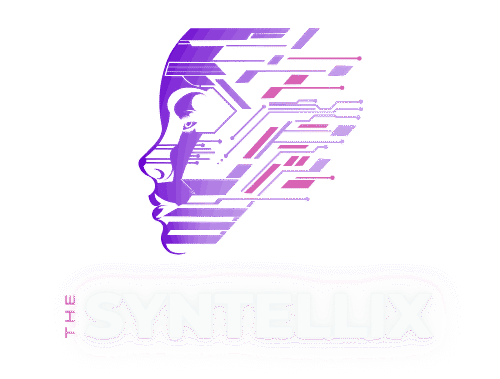Python has become one of the most popular programming languages in the world. It is known for its simplicity, versatility, and powerful libraries.
It is widely used in web development, data analysis, artificial intelligence, and more. Many leading companies have adopted Python to build and scale their products and services.
In this blog post, we’ll explore 5 top companies that use Python and how they use it for their development.
Top 10 Companies That Use Python
1. Google
When Google was just getting started in the late 1990s, the company faced a key decision: Which programming languages should power its growing infrastructure?
Back then, most large-scale web systems were being built in C++, Java, or Perl. But Google co-founders Larry Page and Sergey Brin had different plans.
They wanted to adopt a language that was:
- Easy to read and write.
- Great for rapid development.
- Flexible enough to scale.
- Supported by an active community.
By considering these key points in mind they have adopted python along with C++. They used C++ for performance-intensive tasks, and Python for everything that required fast iteration, scripting, or automation.
The Turning Point: When Python Became Google’s Secret Weapon
The real turning point came when Guido van Rossum, the creator of Python, joined Google in 2005. His role at Google was more than symbolic. He helped to promote Python’s use inside the company and guided how it was used across teams.
With Guido onboard and Python’s popularity growing, Google invested heavily in writing internal tools, automation scripts, and backend services in Python. Python became the default language for many teams that needed:
- Clean, readable code.
- Fast deployment cycles.
- Scalable prototypes that could grow into production systems.
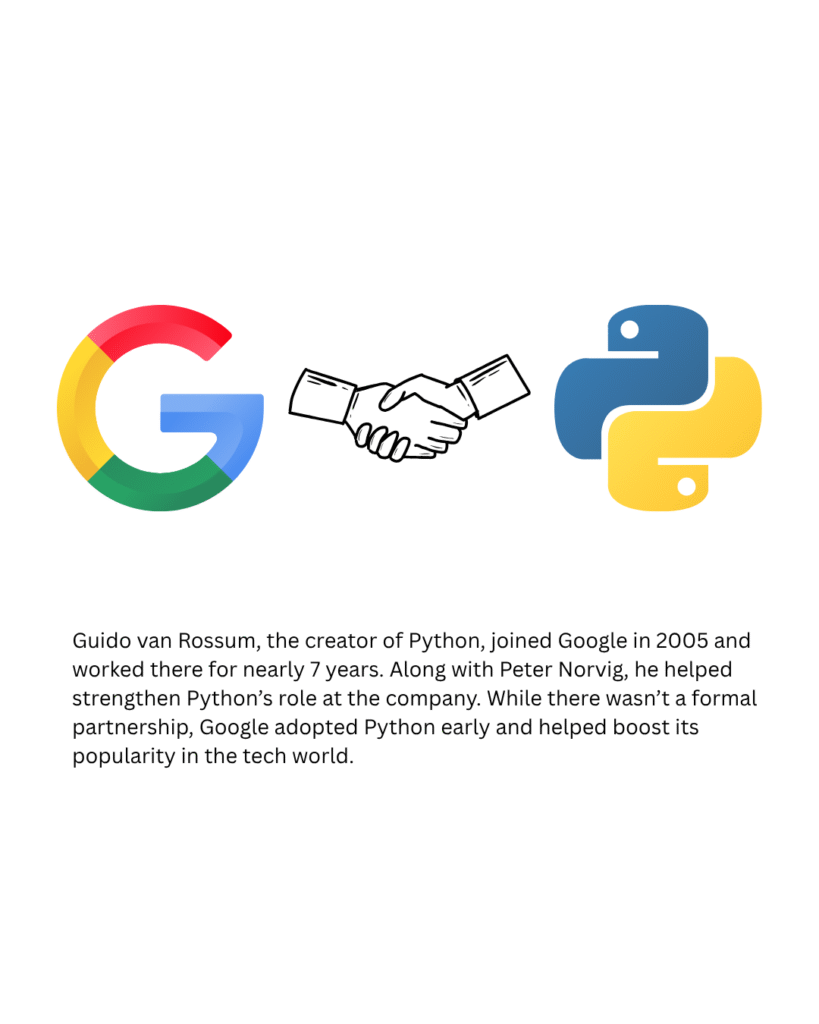
2. Netflix
Netflix adopted Python because it perfectly matched their growing need for speed, scalability, and flexibility as their platform expanded.
The Turning Point When Netflix Chose Python
In the early days, Netflix was evolving from a DVD rental company to a global streaming powerhouse. As the company shifted to streaming in the late 2000s, it faced new technical challenges: managing a massive library of content, delivering smooth performance across the globe, and analyzing huge volumes of user data in real-time.
Netflix’s engineering team needed a language that could:
- Handle rapid development.
- Scale across large systems.
- Support data science and automation.
- Integrate easily with other tools and services.
The team find every feature present in python.
The Specific Reasons Netflix Adopted Python:
- Data Science & Analytics
Netflix processes petabytes of user data to personalize recommendations, detect fraud, and forecast demand. Python’s data science libraries like Pandas, NumPy, and SciPy made it a natural fit. - Automation & DevOps
Netflix relies heavily on Python for automation tasks such as to manage AWS infrastructure, testing, and monitoring. Python scripts help maintain the reliability of its cloud systems. - Machine Learning
Personalizing your “Because you watched…” section involves complex algorithms. Python’s rich ecosystem of ML libraries (like TensorFlow and Scikit-learn) allowed Netflix to build and deploy these models quickly. - Microservices
Netflix uses a microservices architecture. Python’s clean syntax and flexibility make it easier to build small, efficient, and maintainable services. - Rapid Prototyping
When Netflix wants to test a new feature or idea, Python helps them build fast prototypes. This supports a culture of experimentation and data-driven decision-making.
Netflix did not just adopt Python because it was trendy, they chose it because it helped them to move fast, think big, and stay reliable. And it still plays a major role behind the scenes of your favorite shows today.
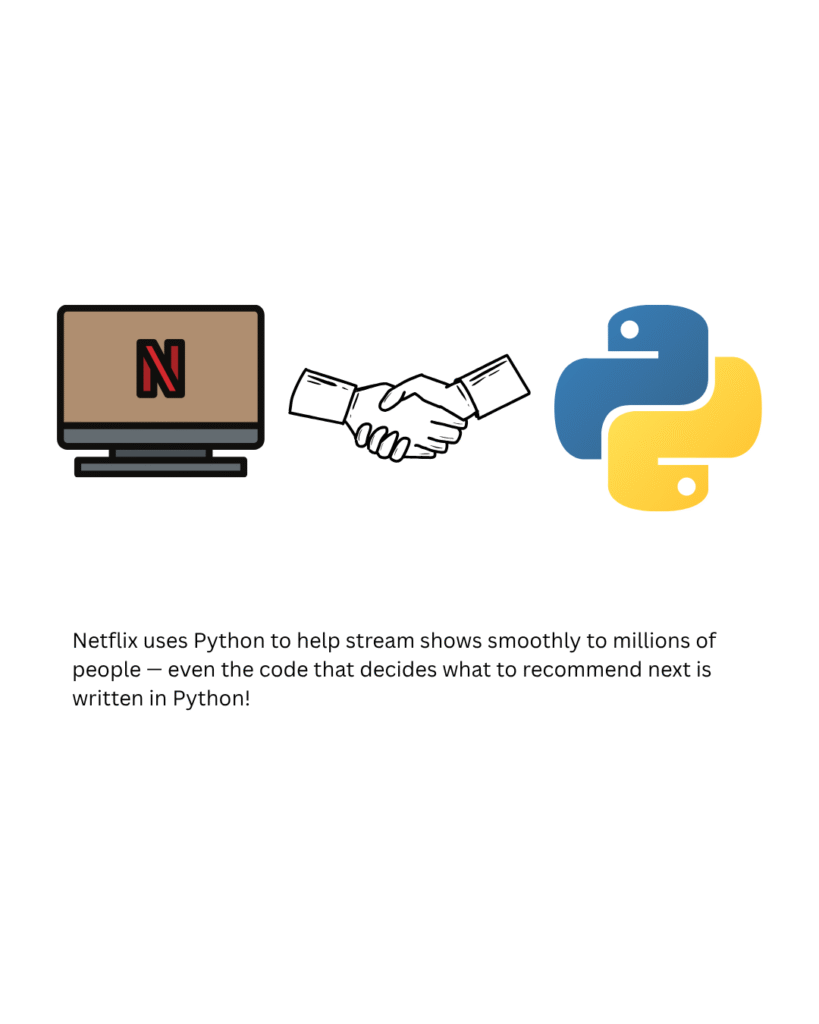
3. Instagram
When Instagram was first built in 2010, the founding team faced a big challenge: they had to move fast and build a reliable app that could scale quickly if it took off.
The Instagram team needed a language that was:
- Easy to read and write.
- Quick to prototype in.
- Supported by a strong community.
- Capable of scaling as user numbers grew.
All these capabilities were found in python.
Instagram’s founders, Kevin Systrom and Mike Krieger, were looking for a language that would let them build features fast without sacrificing performance or stability.
They chose Python with the Django web framework because:
- Django is “batteries included”, it comes with many built-in tools, which takes less time in writing boilerplate code.
- Python’s syntax is clean and readable that makes it easy to write, debug, and maintain.
- Python was already trusted by other tech giants like Google.
So instead of wasting time to set up infrastructure, the Instagram team could focus on building features users loved.
That decision paid off. Within two years, Instagram had millions of users and Python handled the growth smoothly.
Even after being acquired by Facebook in 2012, Instagram has continued to rely on Python. Today, it uses a mix of Python 3 and other languages, but Python still powers large parts of its backend especially in areas like:
- Business logic.
- API endpoints.
- Data processing.
- Infrastructure management.
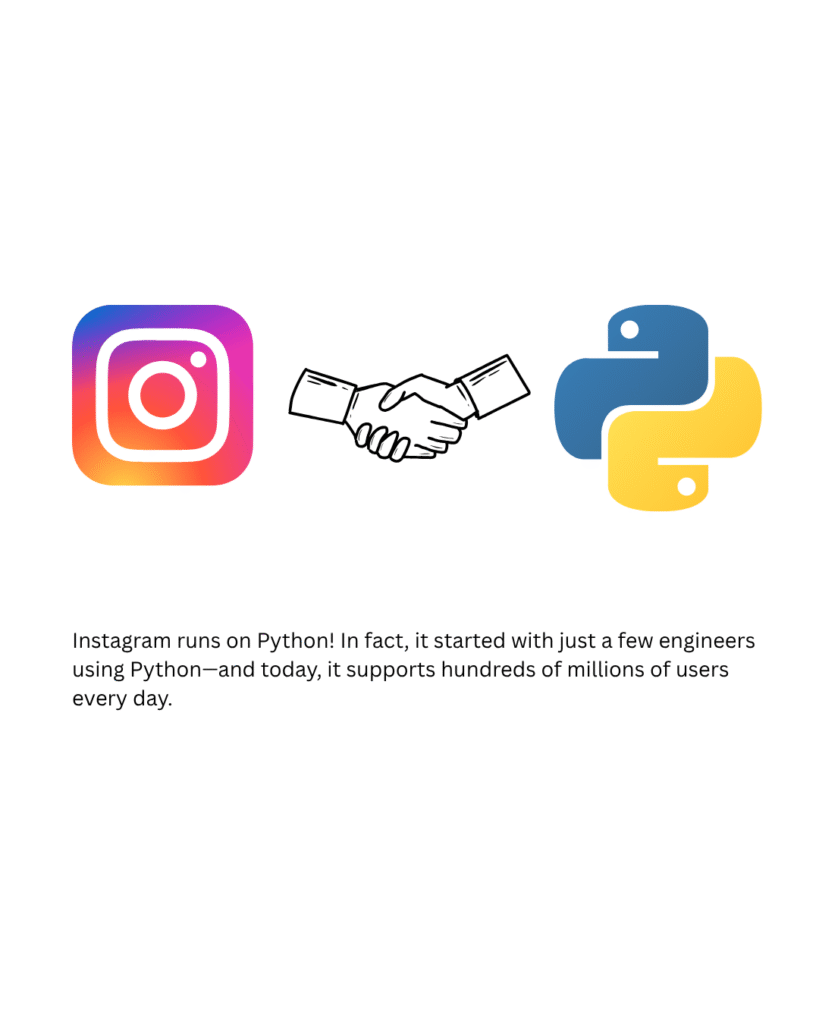
4. Spotify
In the early days, Spotify’s team needed to build systems that could process huge amounts of data like song streams, playlists, recommendations, user behavior, and more.
They tried different options, but chooses Python because:
- It is easy to read and write.
- It lets the developers to build things quickly.
- It works really well with data and automation.
Spotify built a tool called Luigi using Python. Luigi helps them to manage big data tasks like building reports, running daily analytics, and organizing their data pipelines.
It was a game-changer and it showed them just how powerful Python could be.
Spotify still uses Python today because:
- It is great for backend services.
- It is perfect for data science and machine learning.
- It helps them to move fast and stay flexible.
Their engineers love it because it makes coding simple, testing easier, and scaling smoother.
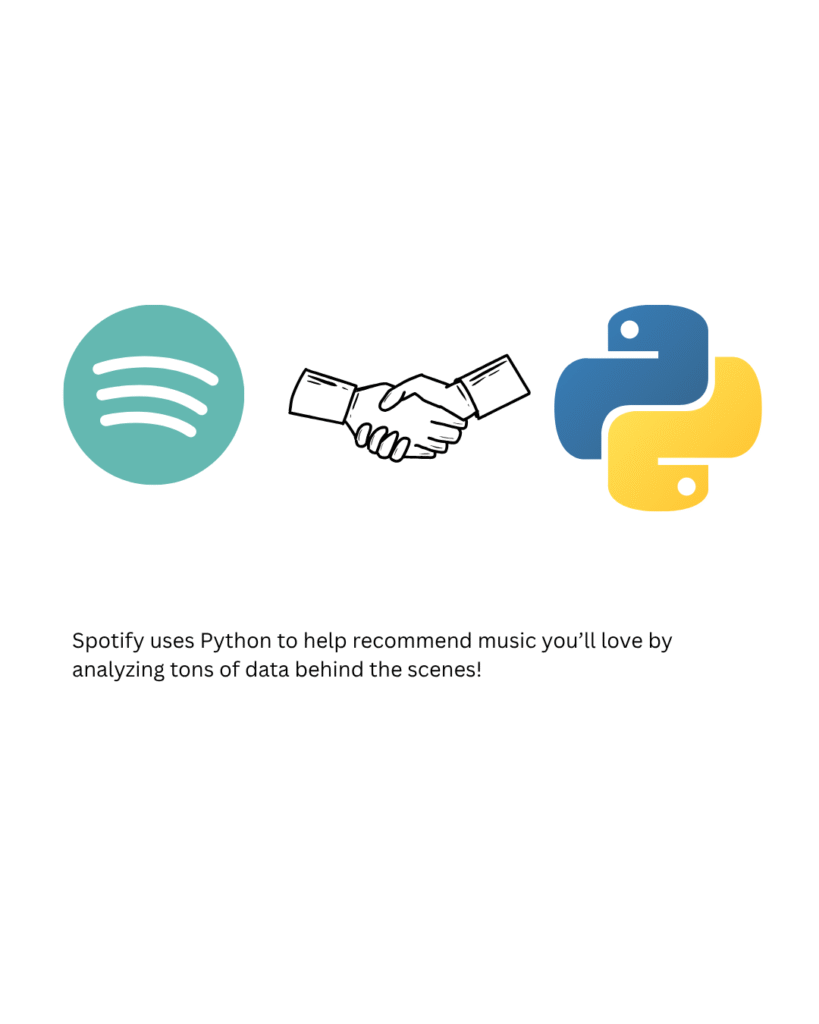
5. Reddit
When Reddit first launched in 2005, its founders, Steve Huffman and Alexis Ohanian, started building the site using Lisp, a programming language known for its power but also its complexity. However, when Reddit continues to grow they find Lisp complex.
They realized Lisp was slowing down their development. It was harder to find developers who knew it, and even harder to move fast and fix bugs.
They needed a language that was easier to write, quicker to test, and better supported by a large community.
Reddit’s team rewrite the entire site in Python that was a bold move at the time. But Why they choose Python?
- Simple syntax: Easier to read and write, perfect for a small, fast-moving team.
- Huge standard library: Built-in tools for everything, from web requests to data handling.
- Strong community: Easier to find support, libraries, and other developers.
- Faster development: The team could add features and squash bugs much faster.
As Steve Huffman put it, they wanted a language that would “get out of their way” so they could focus on building the product. Python did exactly that.
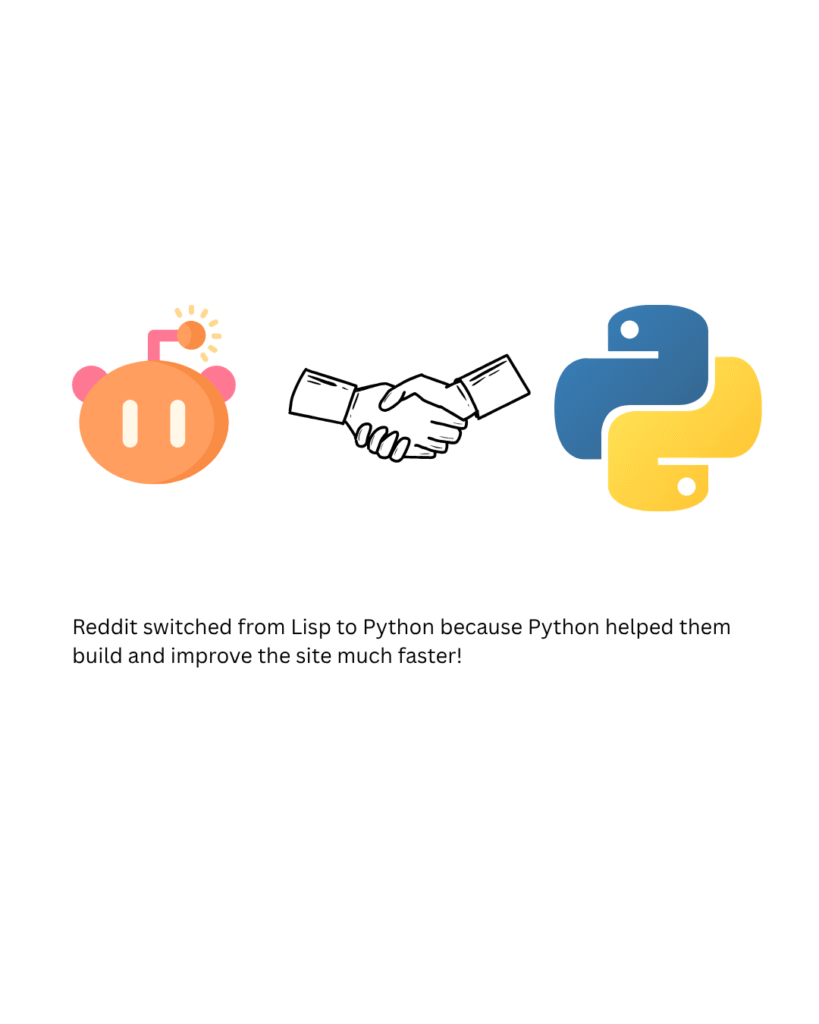
Conclusion
Python is easy to learn and works well for many different tasks. That’s why so many top tech companies use it. Whether they’re building websites, analyzing data, or automating work, Python helps them get the job done faster and more efficiently. As technology keeps growing, Python continues to play a big role in helping companies create smart, reliable solutions.
Please share your honest thoughts about the blogpost in the comments!
People also ask
Which companies mostly use Python?
Many top tech companies use Python extensively, including Google, Facebook, Instagram, Spotify, Dropbox, Reddit, and Quora. It’s favored for its simplicity and versatility in web development, data analysis, AI/ML, and automation.
Is Netflix built with Python?
Yes, Netflix uses Python in many areas including automation, data analysis, monitoring, and backend services. While not the only language they use, Python plays a significant role in their infrastructure and recommendation algorithms.
Do NASA use Python?
Yes, NASA uses Python for various tasks such as scientific computing, data analysis, scripting, and space mission design. It’s valued for its readability and the wide range of scientific libraries like NumPy and SciPy.
Does Amazon use Python?
Yes, Amazon uses Python in several departments, especially in automation, AWS services, and machine learning. Tools like Boto3 (the AWS SDK for Python) enable developers to manage AWS resources efficiently using Python.

Stay ahead of the curve with the latest insights, tips, and trends in AI, technology, and innovation.
